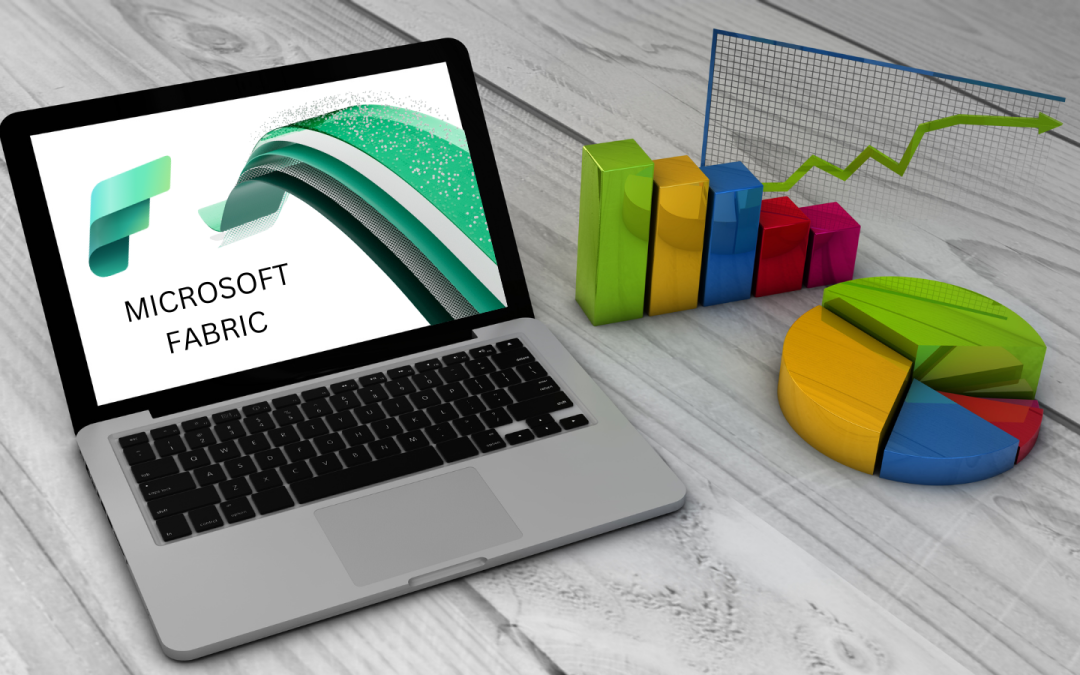Introduction
Microsoft Fabric is a unified data platform that helps organizations of all sizes to solve their data challenges. It is the next generation of Azure Synapse Analytics with extra features and has been evolving ever since, with new features and capabilities being released regularly.
Components of Microsoft Fabric
Microsoft Fabric combines Power BI, Azure Synapse, and Azure Data Factory components into a single integrated environment. Microsoft Fabric offers a wide range of analytics experiences built to function together smoothly. Every occasion has been specifically designed for a specific persona and task.
- Data Factory: Azure Data Factory combines the efficiency of Power Query with the size and strength. You can use over 150 native connectors to connect to data sources on-premises and in the cloud.
- Synapse Data Engineering: Data Engineering offers a world-class platform with excellent authoring experiences, allowing data engineers to do large-scale data transformation and democratize data through the Data Lakehouse.
- Synapse Data Warehousing: The Synapse Data Warehouse gives Microsoft Fabric access to advanced data warehousing features. It supports an open data format, enabling smooth collaboration between data engineers, IT teams, and business users without compromising organizational security.
- Synapse Data Science: Data scientists no longer need to copy data or figure out how to get safe access. Synapse Data Science allows them to operate on top of the same secured data that data engineering teams have already prepared.
- Synapse Real-Time Analytics: Synapse Real-Time Analytics automates data streaming, indexing, and segmentation, as well as the creation of visualizations and queries, making data integration simple for large enterprises and facilitating instant access to data insights.
- Power BI: The best business intelligence platform in the world is Power BI. It guarantees that company owners can quickly and easily access all of the data in Fabric to help them make better decisions.
- OneLake: All Fabric services are built on top of the data lake. OneLake is a different name for Microsoft Fabric Lake. It comes with the Fabric service and offers a single location to keep all organizational data where the experiences run.
Microsoft Fabric’s advantages for businesses
Microsoft Fabric is helping organizations of all sizes to achieve in several ways, including:
Accelerating innovation: Microsoft Fabric improves data management, analysis, and sharing, which aids organizations in accelerating innovation. This enables businesses to create novel products and services, more operational effectiveness, and enhanced decision-making.
Making better decisions: By providing access to insights from their data, Microsoft Fabric enables organizations to make better decisions. Using this knowledge, better choices can be made on everything from pricing and marketing to product development and customer service.
Improving operational efficiency: Microsoft Fabric automates procedures and improves data operations to assist organizations in increasing operational effectiveness. This can increase production and result in significant cost savings.
Reducing costs: By streamlining their data processing and storage operations, Microsoft Fabric can assist organizations in reducing expenses. Microsoft Fabric can help enterprises select the best data storage tier for their data and scale their data resource.
The Future of Microsoft Fabric
Microsoft is committed to routinely introducing new features and capabilities to Microsoft Fabric, a rapidly expanding platform. Microsoft Fabric is expected to grow and unify further, making it simpler for organizations to address their data challenges.
Microsoft Fabric is expected to take on a bigger role in machine learning and artificial intelligence (AI). Microsoft will also integrate GPT-powered Copilot into Fabric. Support for more data sources and connectors makes it easier for organizations to connect their data to Microsoft Fabric and start using it to power their analytics and AI workloads. New AI and ML capabilities make it easier for organizations to develop and deploy AI-powered solutions without learning complex machine learning concepts. Improved governance and compliance features help organizations ensure their data is secure and compliant with all applicable regulations.
Conclusion
Microsoft Fabric will provide the data and computational abilities to develop and deploy AI and ML models. Overall, the future of Microsoft Fabric is very bright. Microsoft Fabric is a strong and adaptable data platform that can assist businesses of all sizes to overcome data difficulties and achieve their objectives.

